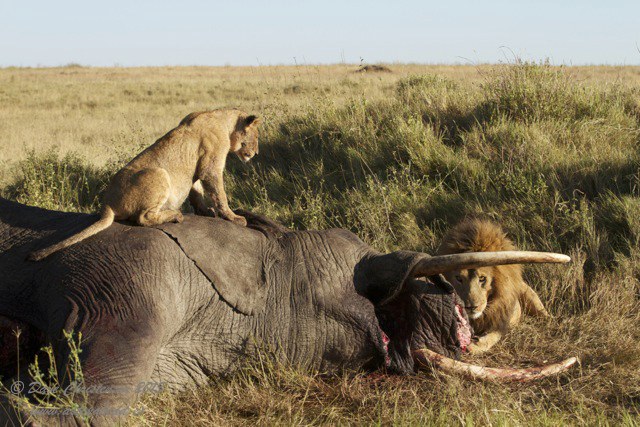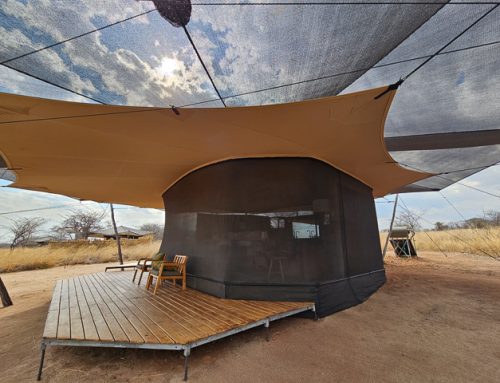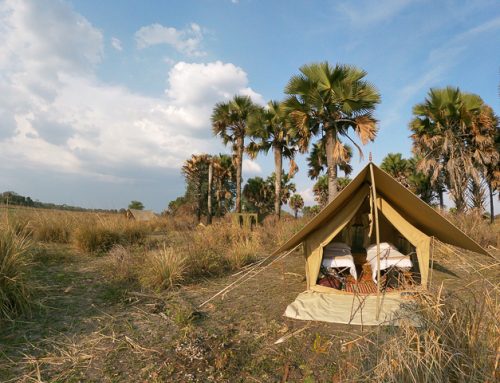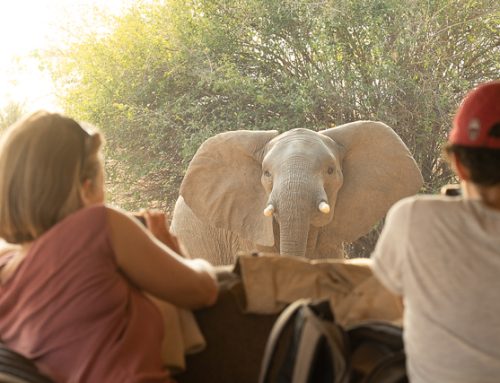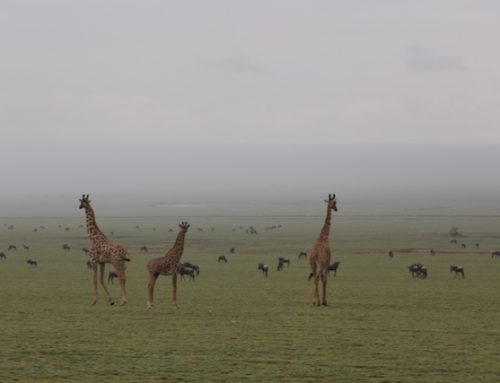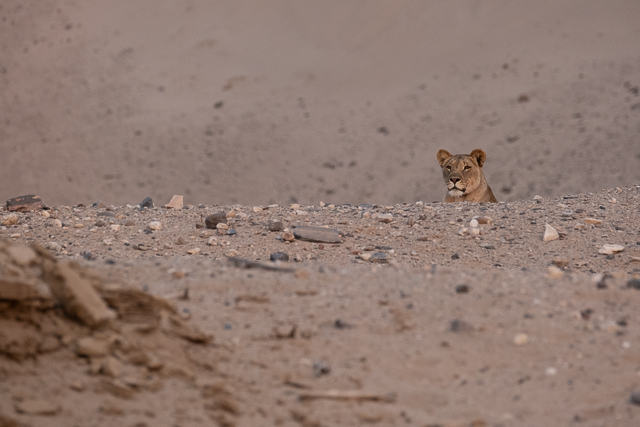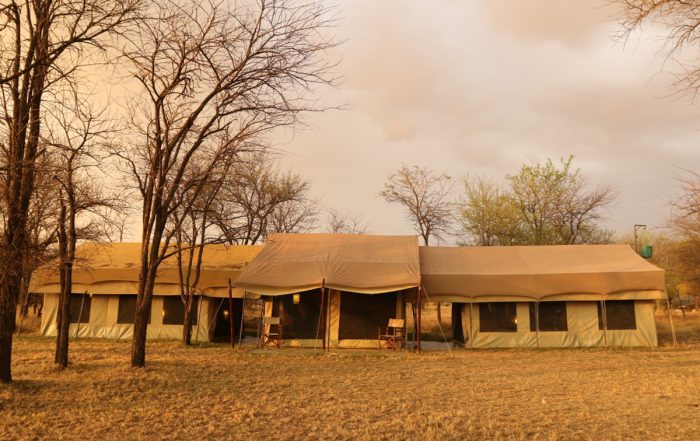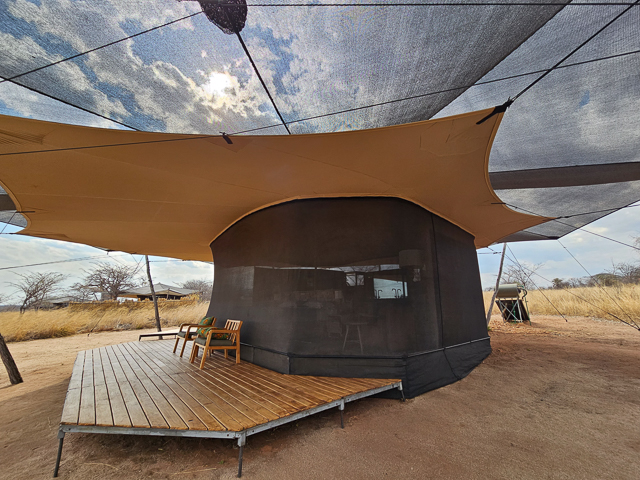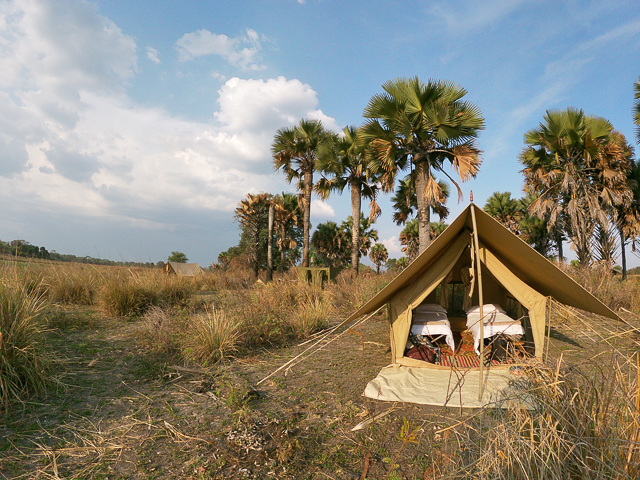Another season of poor rainfall, and the Serengeti Plains were dry and already a tawny brown colour. Herds of Thomson’s and Grant’s gazelles grazed the plains punctuated by the odd small herd of zebra.
This was quite a contrast having just been down in the Ngorongoro Crater, where green grass and blossoming yellow flowers were everywhere you looked.
Our drive to the Moru area on the western side of the Serengeti Plains, took us past Simba Kopjes. These granite inselbergs are so named because of the habit of lions using these features for shade, cover, lookout posts and as a refuge to hide their cubs from other predators (“Simba” means lion in Swahili).
We drove around the kopjes looking for some of the 20+ pride members that frequent the area. When we did not see any, we decided to drive along a nearby drainage line to continue our search.
After about half an hour, we stumbled upon an amazing sight indeed….
It was the vast bulk of a dead elephant bull, being eaten by sixteen lions.
The lions were struggling to get through the thick hide, and so were feeding from the underbelly and were eating the trunk, where the skin was thinnest and easiest to get through.
It is not that often that you find a freshly dead elephant, let alone one being feasted upon by a big pride of lions.
On closer inspection, the large elephant bull appeared to have died of natural causes.
Although it is always sad to see a dead elephant, it was a relief that he had not been poached, and now was continuing the circle of life, by giving life to other animals.
Our return to the carcass early the following morning revealed that the two large pride males and some other lionesses had moved in during the night to satisfy their hunger, bringing the total lion count at the carcass up to 21 individuals.
Dave

